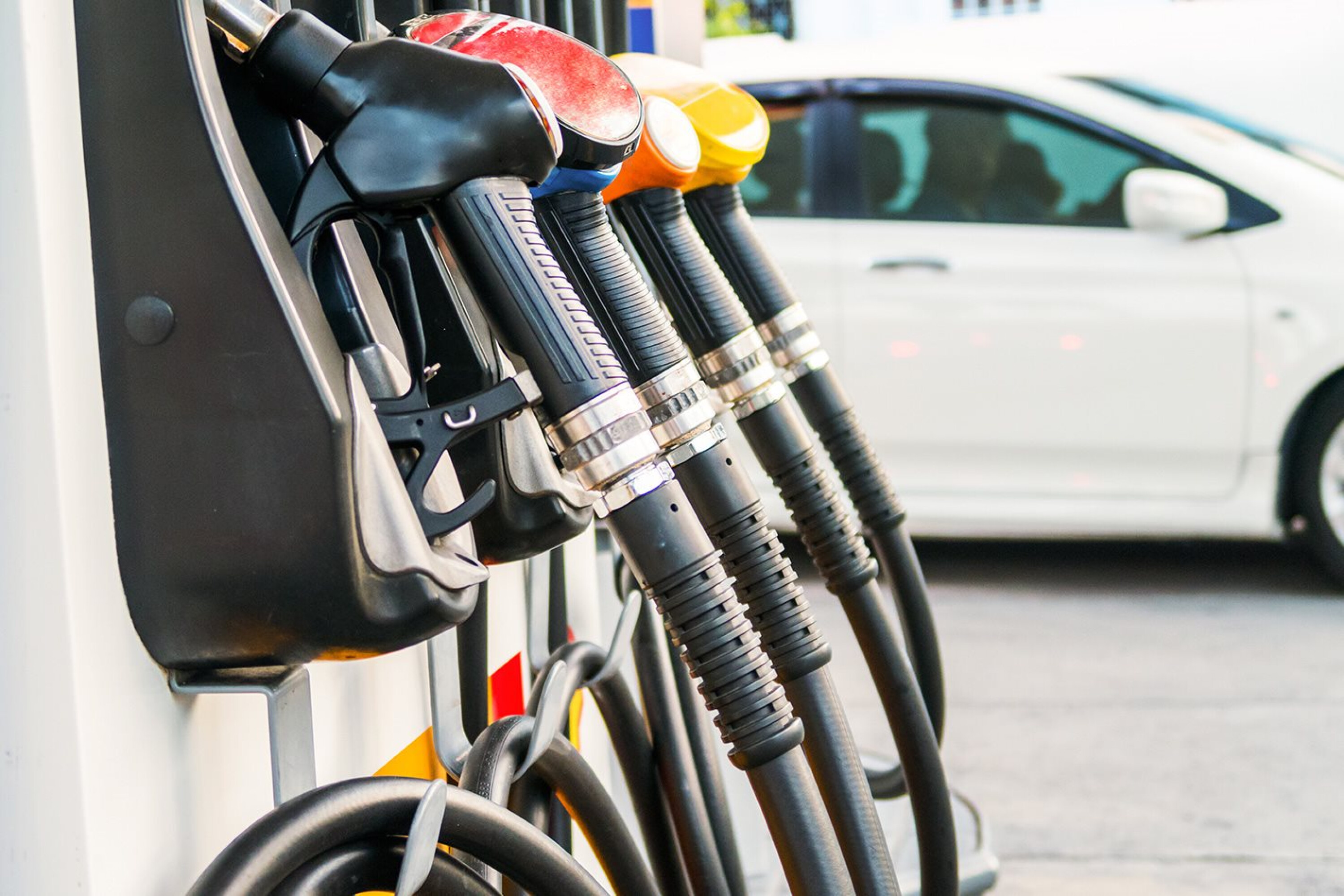
Petrol and diesel costs are an infuriating mystery to many of us. Why are pump prices so hard to pin down, and to what degree are we all being gouged by profiteering service station owners?
It turns out costs are determined, for the most part, by forces such as international commodity prices and Australian taxes. A mere sliver of the price you pay is a product of retailer markups.
The key point is this: most of Australia’s automotive fuels are imported from Singapore, South Korea, Malaysia, India, Brunei and China – all displacing local facilities from the supply chain.
Just two Australian refineries are in operation today, down from four sites just a few years go, and they receive taxpayer assistance to stay in business. These are run by Ampol in Brisbane and Viva Energy in Geelong, supplying about 20 percent of Australia’s petroleum.

Most automotive fuels we use are therefore shipped across the sea from these Asian mega-refineries, stored in coastal import terminals, piped to storage sites, and sent to service stations by truck.
Singapore prices of petrol (Mogas 95) and diesel (Gasoil 10ppm) are the benchmark for fuels sold here, both imported and domestic. They are the largest component of pump prices, around 50 to 60 percent.
Fluctuations in Mogas 95 and Gasoil are mainly determined by crude oil prices, which are linked to OPEC geopolitics and exchange rates, since the commodity is purchased in US dollars. It’s quite complex.
The Australian Government requires that major fuel importers and refiners keep 27 days of petrol and 32 days of diesel in hand, known as minimum stockholding obligation.
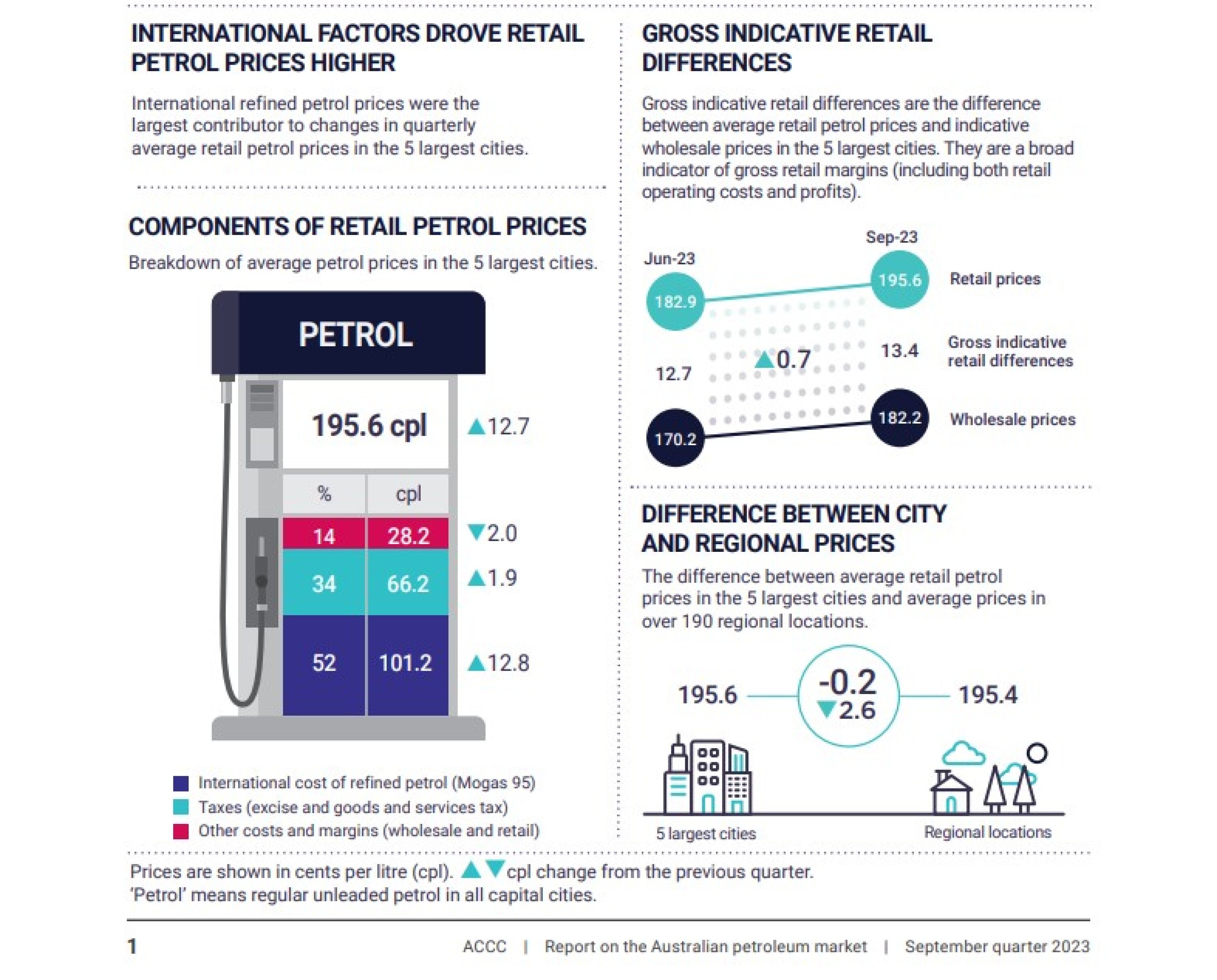
According to the Australian Competition and Consumer Commission (ACCC), any changes in these commodity prices take two weeks or more to work their way through the supply chain in Australian cities, and longer in rural areas where sales are often slower.
The other major component of fuel prices are Australian taxes, namely the fuel excise and GST, which total around a third of the bowser cost according to the Australian Institute of Petroleum (AIP) lobby.
This leaves less than 10 percent of fuel costs to be pinned on things like storage and land transport, and of course retailer operating profits. And it’s true that they’ll inflate prices given less competition.
Diesel is less prone to aggressive price discounting than petroleum, says the AIP, because most of it is not used for private customers but rather in heavy industry.

Price & profit
“Profit margins are slim with service stations normally earning only a few cents per litre of petrol sold,” added the Motor Trades Association of Australia (MTAA).
That’s why they sell so many overpriced pies and drinks.
Average retail petrol prices in Australia’s five main cities across the third quarter of 2023 were 195.6 cents per litre (cpl), an increase of 12.7 cpl from the second quarter. Over the same timeframe in the same cities, the average diesel price was 201.7 cpl, an increase of 15.1 cpl from the second quarter.
According to the ACCC, they’re therefore a significant factor in the high rate of inflation in the quarter, with a weighting of 3.3 percent in the Consumer Price Index basket of goods.

What comes next?
As we’ve learned, Australian fuel prices are inexorably linked to global commodity prices and exchange rates, and inflated by taxes.
With local refineries less competitive than decades gone by, the reliance on imported fuels seems unlikely to diminish – at least until EVs take a bigger share of the market.
There is, however, an expectation that the two remaining refineries will remain in operation for at least this decade, given the Morrison government put forward a $250 million grant program to help them reduce the sulfur content in their refined petroleum to 10 parts per million, down from up to 150ppm.
That means while the proportion of locally refined petroleum may not change much, it will become less polluting and more suitable to the latest vehicle engines.
We recommend
-
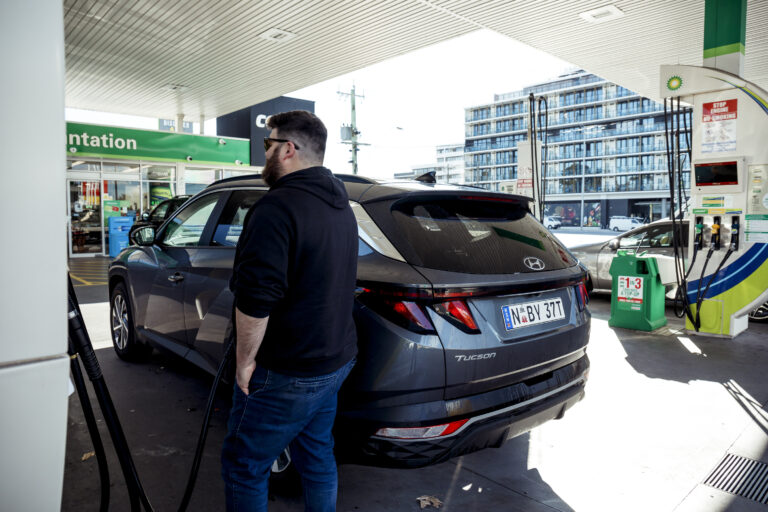 News
NewsAustralians cutting car use amid high fuel prices
Motorists are cutting back on car expenses, as the end-of-year deadline looms for introducing fuel efficiency standards
-
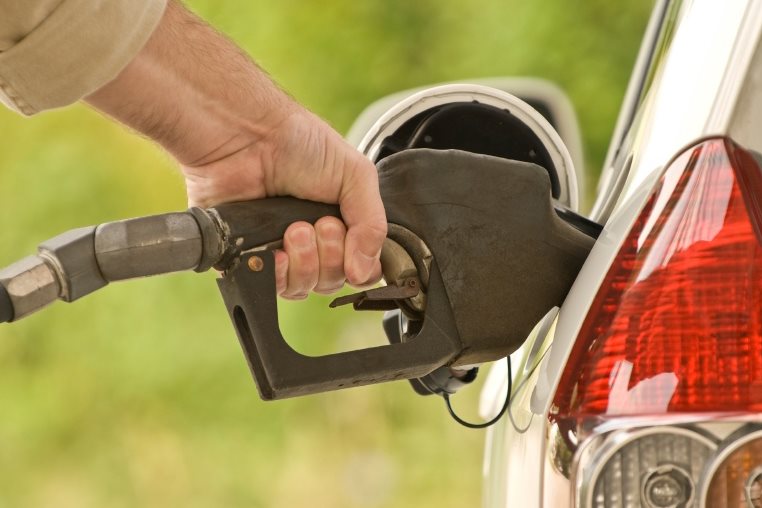 News
NewsGovernment announces $250 million grant for Australian oil refineries
The pot will be split between the two remaining Australian sites
-
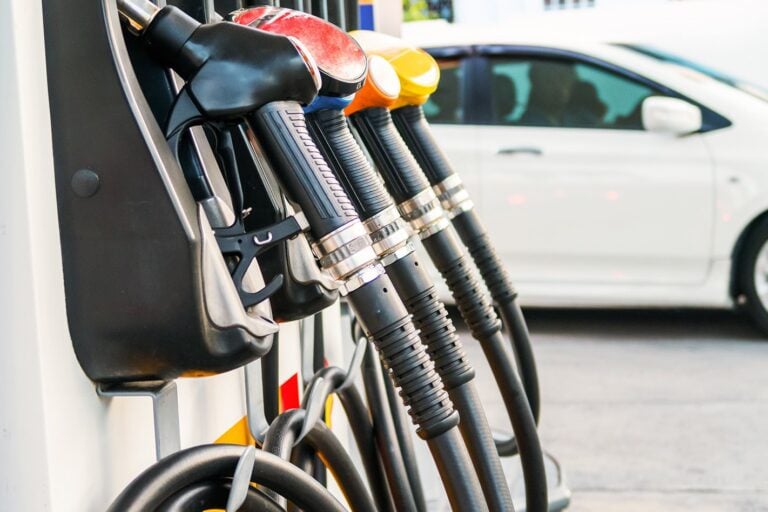 News
NewsFederal Budget: Fuel excise slashed to help ease impact of rising prices
Treasurer Josh Frydenberg made the announcement on Tuesday night as part of his government's fourth budget




